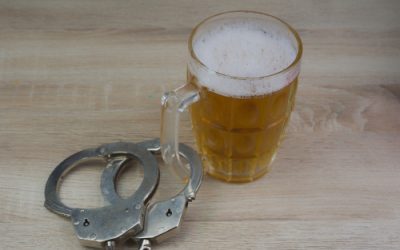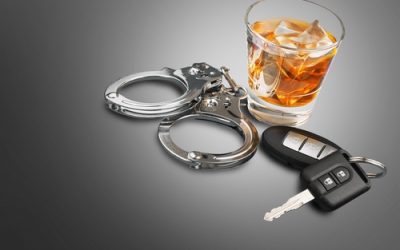Drunk driving is a real problem in California. Although the appearance of rideshare companies like Uber and Lyft has reduced the number of drunk driving arrests in some of the state’s biggest cities, other statistics are grim. According to a fact sheet from the Centers for Disease Control (CDC), 1.8% of California drivers report getting behind the wheel after drinking too much. That may sound like a small percentage, but with 26,199,436 licensed drivers in 2016, 1.8% comes out to be 471,589 drivers! And the figure may be much higher than that. Not everyone wants to admit that they drink and drive.
Unfortunately, according to the California Office of Traffic Safety Annual Report for 2017, drunk driving fatalities in California actually increased by more than 16% in 2016 from the previous year. In 2015, 911 people died in drunk driving accidents in California. In 2016, that number increased to 1,059. Of course, when we say drunk driving fatalities or drunk driving accidents, these are accidents where the driver has a blood alcohol concentration (BAC) of .08 or more.
What Is California Doing to Prevent Drunk Driving?
California, like many states, has toughened its drunk driving laws over the years. It is illegal for anyone over the age of 21 to drive with a BAC of .08 or higher. And California has a zero tolerance law for anyone under the age of 21. This means driving with any alcohol in your system if you’re under 21 is illegal, and you could face jail time, fines and loss of your license if you are convicted.
Sobriety Checkpoints
California also allows law enforcement to conduct sobriety checkpoints. State law allows officers to stop all drivers, or do random stops at these checkpoints. They may require drivers to give a breath test if they suspect someone has been drinking.
License Suspension or Revocation for a DUI
If you are arrested for DUI, the officer will confiscate your driver’s license. This fact alone deters many people from drinking and driving. To get your license back after a DUI conviction, you will have to jump through a lot of hoops and pay a number of fees. If you are not convicted, the Department of Motor Vehicles (DMV) will return your license to you. The length of your suspension will depend on whether you took a chemical test and if this was a repeat offense.
Ignition Interlock Devices
State law recently changed to require ALL drivers convicted of DUI, including first-time offenders, to get an ignition interlock device (IID) installed in their vehicles in order to get full driving privileges back after a DUI conviction. Having an IID installed requires drivers to take alcohol breath tests before starting the vehicle, and then intermittently while driving. A BAC above .02 is enough to keep the car from starting. California’s new ignition interlock device law came about after a pilot program in the state’s most populous counties was deemed a success.
Media Campaigns
Media campaigns, whether through social media or traditional mass media like commercials and billboards, try to discourage people from driving drunk, and to try and prevent other people from drinking and driving. These public information campaigns, such as the Know Your Limit campaign, are designed to inform the public of the very real dangers and consequences of drunk driving.
The Bottom Line — Don’t Drink and Drive
The California drunk driving statistics from both the CDC and the state show that drinking and driving just isn’t worth it. If you drink and drive, you could seriously hurt, or even kill someone. And even if no one is injured in an accident, and you are just pulled over for DUI, it can wreak havoc on your family life and work life. And a DUI can be expensive to recover from, what with legal fees, insurance costs, an ignition interlock device, and more.
ALCOLOCK Is Here to Serve You
If you did drink and drive, ignition interlock devices are proven to reduce the chance that you will drink and drive again, and will prevent you from drinking and driving while you have one installed in your vehicle. ALCOLOCK is a pioneer in the industry, and our goal is to help you succeed in your restricted driving program. If you need to schedule an ignition interlock installation in California, contact one of our local vendors, or use our contact form and someone will be in touch shortly.


